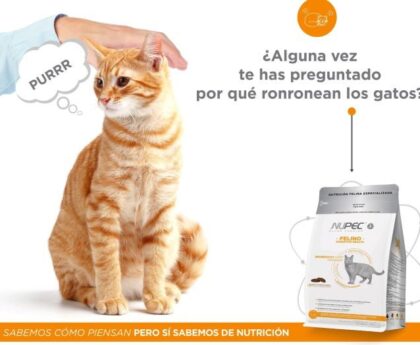
Scientists tested three types of cellulose to compare with the same formulation without these fiber sources.
Pet obesity is a major health issue for millions of cats, dogs and other animals. In dog food , formulators include a variety of fibers. As with human food, increasing the fiber content in dog food can lead to an increased feeling of satiety. There are many fiber sources, but cellulose is one of the more abundant ones as it comes from trees and plants. The most common form of cellulose used in pet foods is powdered cellulose. Other types of cellulose in dog food have not been thoroughly tested. Scientists tested three types of cellulose to see if they affected the digestibility of dog food. Researchers found that the three types of cellulose did not affect the digestibility. The addition of cellulose in dog food did reduce the overall amount of energy consumed, which is a key ingredient for weight-control formulations.
Research on the cellulose type in pet foods
The experiment was conducted by scientists from the University of Veterinary Medicine of Hanover in Germany and Mansoura University of Egypt. For 14 days, eight Beagles were fed one of four different dog food formulas. Four dog foods were identical except for their fiber sources. The dog food contained cellulose powder, cellulose granules, or lignocellulose. A control diet was also made without cellulose.
The dogs consumed fewer calories when fed the three types of fiber compared to control diet. The cellulose types did not affect the palatability of the food. All three cellulose-fiber dog foods, while not affecting fecal production or quality, did increase wet fecal production compared to control.
The scientists published their findings in the journal Veterinary Sciences. As lignocellulose reduces the gross energy digestibility in the same way as cellulose it can be used to make dietary feeds for overweight dogs. These fibers use less energy when fed at the same amount as regular feed.




